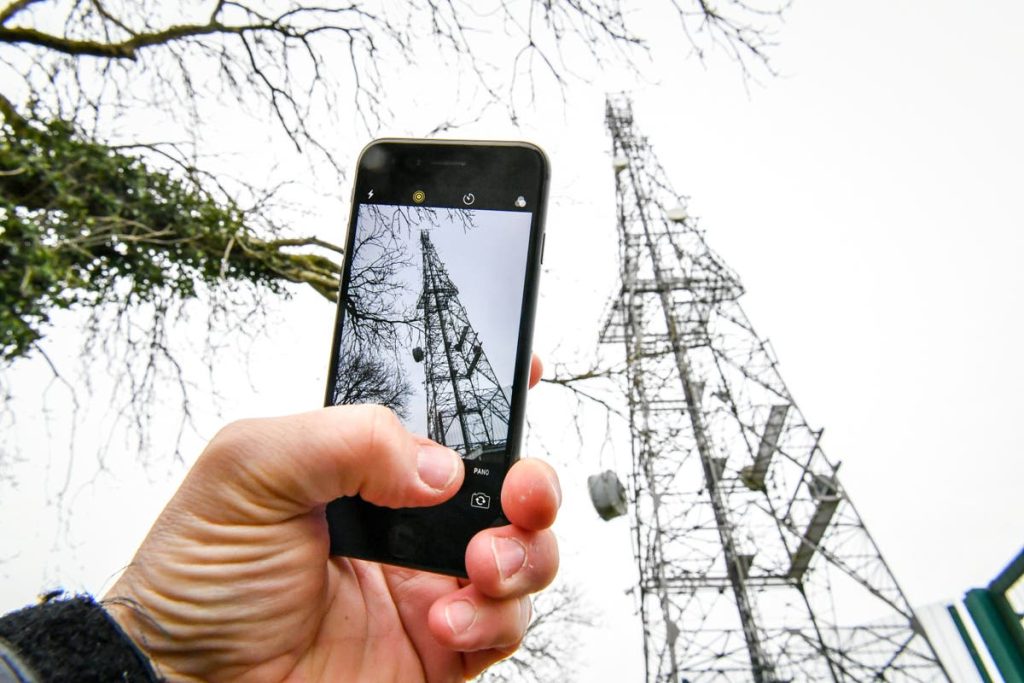If you’ve been having trouble with your mobile phone signal recently, you’re not alone. Usually associated with remote parts of the country, poor signal is also proving an issue for people living in large towns and cities across the UK.
According to a Which? survey, a third of the UK’s mobile phone users have experienced problems with their network provider in the past year, with 17 per cent complaining about their connection – including network dropouts, recurrent outages, and consistently bad phone signals.
Browser buffering and call cut-outs are just a few of the consequences of poor mobile internet signal, which we rely on in public when we’re not connected to a private or public WiFi network.
Why is the phone signal so bad in the UK?
The problem lies with insufficient investment and a lack of technological advancement in the UK’s telecommunications industry. Andy Aiken, co-founder of disruptive mobile network Honest, told the i that the UK’s “abysmal” mobile speeds are because “we’re not upgrading our telecom infrastructure to keep up with more devices and users”.
Earlier this year, the Public Accounts Committee said that more needed to be done to ensure the Government-set target of delivering 4G mobile coverage to 95 per cent of the UK is met by the end of next year. Their report found that the pace required to meet the target was “unsustainable”.
Telephone masts send and receive wireless signals, enabling high-speed mobile connection like 4G and 5G. To use a network, a phone needs to be in range of a mast. However, when the Government placed restrictions on Chinese telecom giant Huawei in 2020, it delayed the UK’s 5G roll-out by two to three years. Additionally, Aiken said that UK planning regulations make setting up telephone masts more challenging.
How many 5G towers are there in the UK?
The exact number of 5G telephone masts in the UK is unknown, however, the UK’s biggest network providers have released statistics on how much 5G coverage they provide. EE launched its 5G network in 2019 and, as of March this year, provides 78 per cent of the UK’s population with 5G. O2 covers 50 per cent of the UK population, while Vodaphone covers 193 locations across the UK.
Which areas of the UK have the worst phone signal?
To discover the worst locations in the UK for phone signal, technology platform Nomad used data from Ofcom to rank areas based on their estimated signal availability across the UK’s four largest network providers. The worst places in the UK for phone signals are:
- East Anstey, Devon
- Rugeley, Staffordshire
- Rushton Spencer, Staffordshire
- Higham, Kent
- Mayfield, East Sussex
- Hubbert’s Bridge, Devon
- Aisholt, Somerset
- Hanbury, Worcestershire
- Ugborough, Devon

